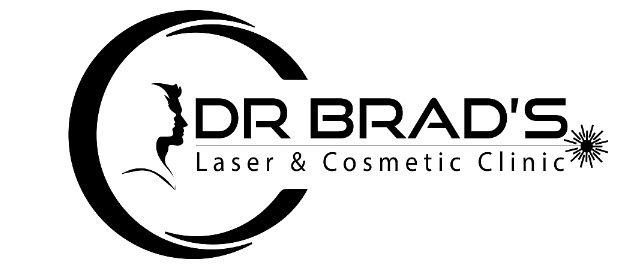Ear wax, scientifically known as cerumen, is a remarkable substance that serves several important functions in our ears. It protects the ear canal by trapping dust, dirt, and other foreign particles, preventing them from reaching the fragile structures of the inner ear. But what exactly causes ear wax production, and why does it vary from person to person?
The body has its own way of maintaining ear hygiene. Ear wax is produced by ceruminous glands located in the outer ear canal. These glands secrete a mixture of secretions, including lipids (fats), proteins, and various antimicrobial compounds. The amount and consistency of ear wax can differ significantly based on several factors, including genetics, environment, and personal hygiene habits.
Let’s first delve into the genetics behind ear wax production. There are two primary types of ear wax: wet and dry. Wet ear wax is typically brown and sticky, while dry ear wax is light and crumbly. Researchers have discovered that the variations in ear wax types are largely attributed to genetic factors. A study published in the Journal of Human Genetics showed that a single gene, ABCC11, plays a pivotal role in determining which type of ear wax a person will have. In populations where wet ear wax is predominant, it has been associated with a less efficient, more protective ear environment, while dry ear wax is often found in populations that may have evolved different forms of ear canal protection.
Interestingly, the environmental factors can also influence ear wax production. For example, frequent exposure to dust and pollutants can increase ear wax output as the body tries to shield itself from irritants. Additionally, individuals engaged in swimming or those often in humid environments may produce more ear wax to compensate for moisture lost in the ear canal.
Personal hygiene practices considerably impact the amount of wax in the ear. Some people have the habit of cleaning their ears too often using cotton swabs or other instruments, and this can inadvertently push ear wax deeper into the canal, leading to blockage. In other cases, neglecting ear hygiene can lead to a build-up of wax, which may cause discomfort, hearing loss, or even infection.
Take Lucy, for example, a 34-year-old marketing executive who was puzzled by her hearing difficulties. An active swimmer, she maintained good hygiene but found herself experiencing a constant sensation of fullness in her ears. After a quick consultation, it was determined that excessive ear wax, exacerbated by her frequent swimming, was the culprit. A simple appointment with Dr Brad for his microsuction ear wax removal technique resolved the issue almost instantly, restoring her hearing and peace of mind.
In terms of ear wax production, there’s also a fascinating aging aspect. As we grow older, the glands producing ear wax may become less active, leading to drier and less abundant ear wax. This can lead to a higher risk of blockage or buildup, particularly in older adults, making regular ear inspections essential.
When ear wax accumulates, it can lead to various symptoms such as difficulty hearing, itching, or even pain. If you or someone you know is struggling with ear wax problems, it’s vital to seek professional help instead of trying over-the-counter remedies or home treatments, especially those such as ear candling, which has been widely discredited for safety and effectiveness. Dr Brad exclusively uses microsuction, a precise and safe method for ear wax removal that ensures optimal results with minimal discomfort.
Microsuction is particularly advantageous because it allows for visualisation during the procedure. This method is comparable to having a mini videoconference—Dr Brad can see what’s going on in your ear and ensure that all wax is safely removed without impacting the eardrum or surrounding structures.
Patients are often astounded by how quickly and comfortably the procedure takes place. For instance, James, a retired musician, was sceptical at first. He had attempted several DIY methods without success and considered his ear issues a normal part of ageing. However, after experiencing the microsuction process, he exclaimed how much lighter and clearer his hearing became after just a few minutes. The clarity brought back memories of his music career, and he was grateful to have sought help.
The variations in ear wax production and its significance in ear health highlight the importance of understanding where you stand in terms of your ear health. Regular check-ups, especially if you experience symptoms of blockage, can prevent further complications and enhance your quality of life.
If you're in Bristol and dealing with ear wax issues, don't hesitate to check out ear wax removal Bristol services available with Dr Brad. The process is smooth, efficient and tailored to your needs.
This article does not constitute medical advice. Please book with Dr Brad for a formal opinion.
